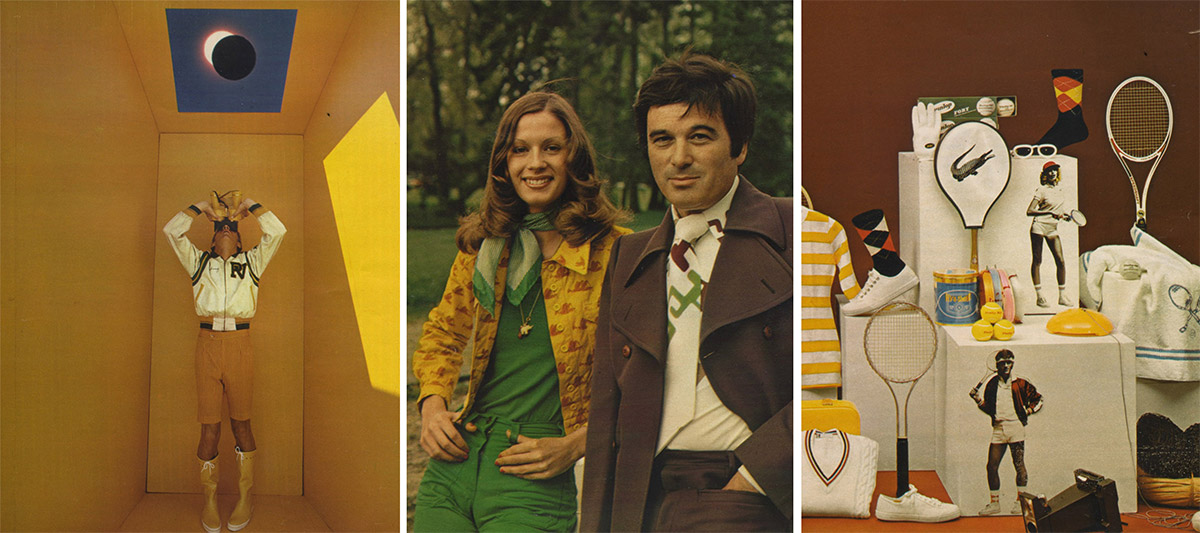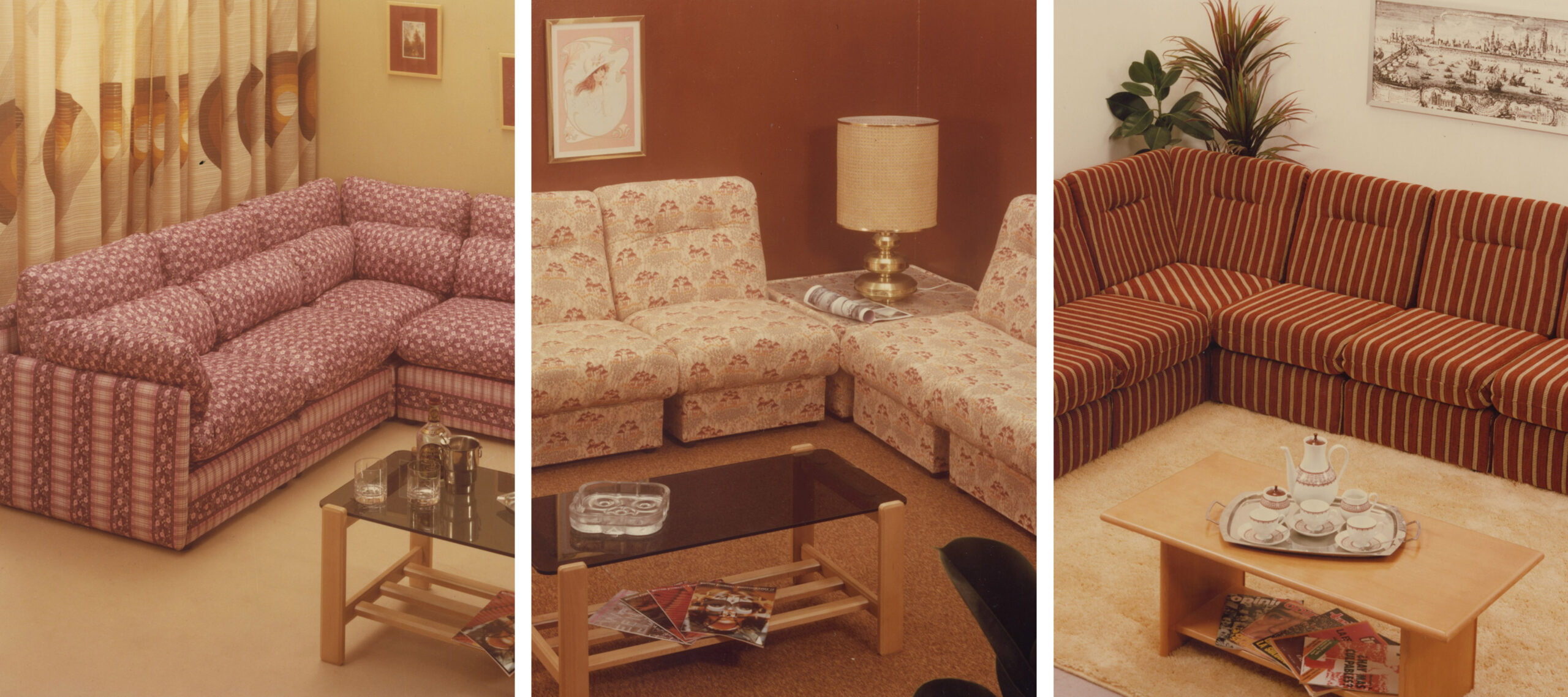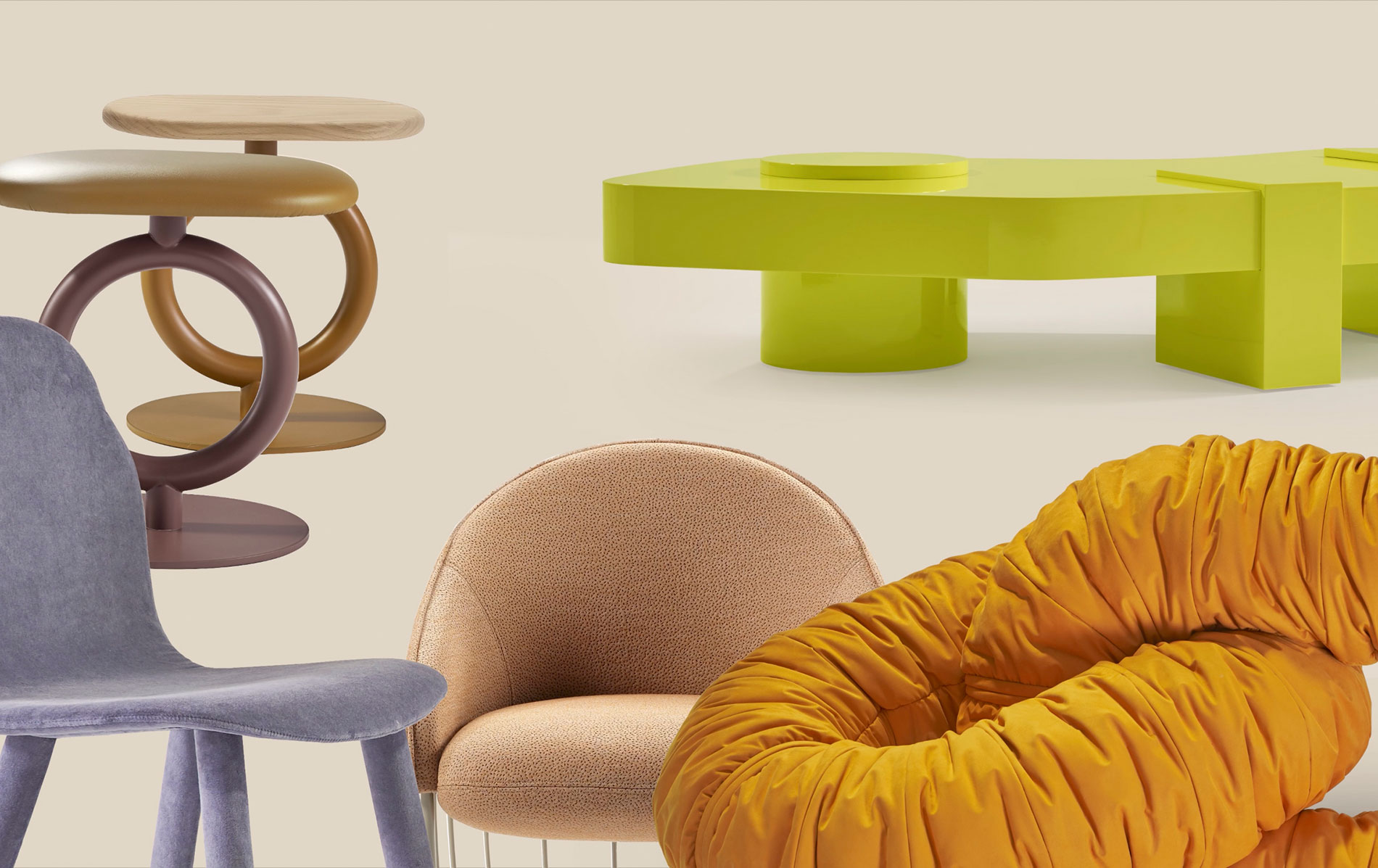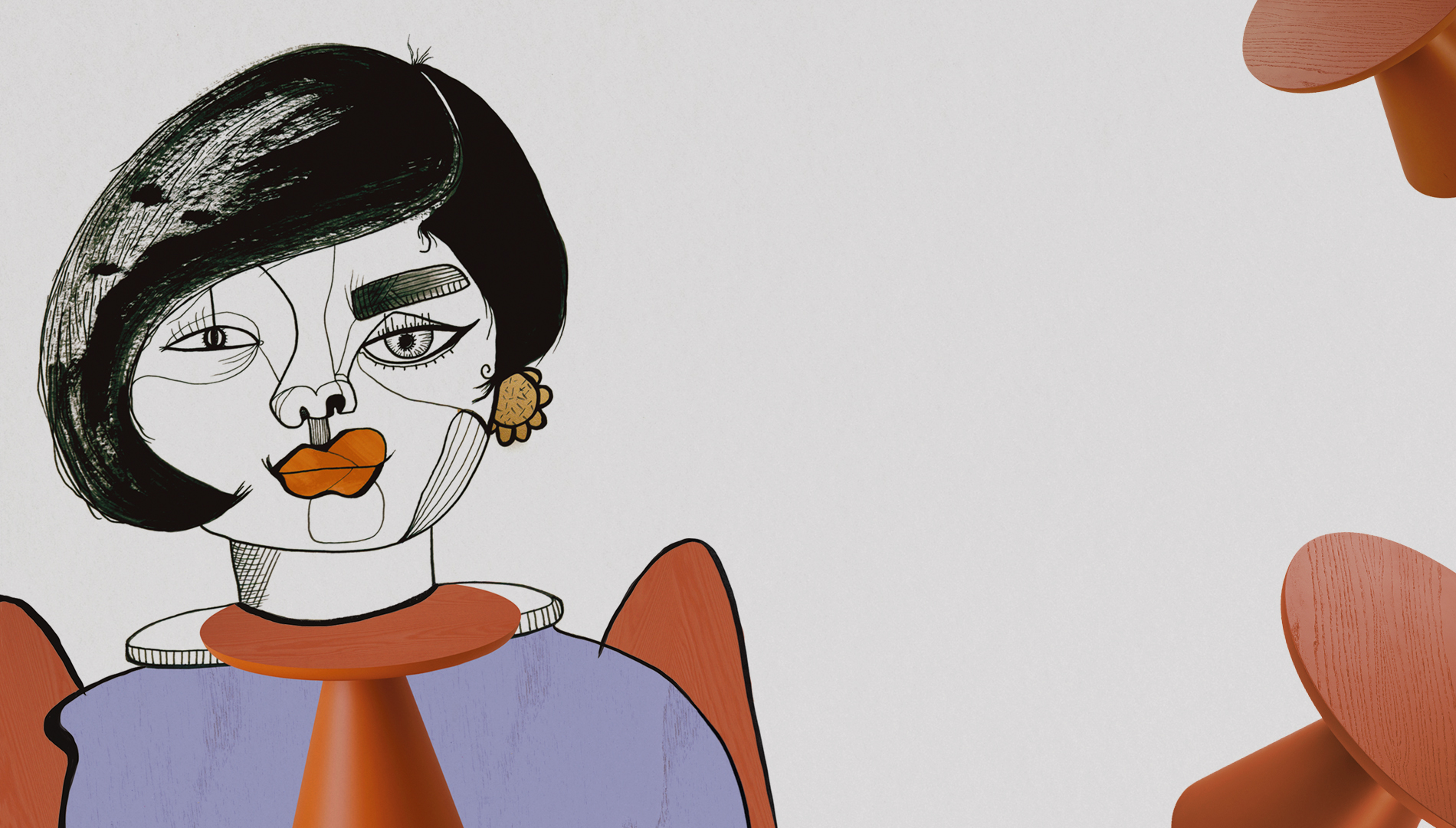Living in the 1970s.
The 1970s coincided with a full-blown political, social and cultural change, experienced in a very particular way in Spain. It brought the opening to a new world, free, full of challenges and a lot of determination to build a new, committed and dynamic society. In this period, Sancal opened its doors at a time of entrepreneurial effervescence.

We are not getting sentimental. However, we want to pay tribute to the courage of Santiago Castaño, Sancal’s father-founder. From its humble, rural origins, we have not only achieved the feat of turning 50, but has also become an international company, a benchmark in the habitat sector.
At his early 20, Santiago set up a small upholstery workshop whose only product was Marie Antoinette style armchairs for vanity table. However, on his first trips to Milan, he discovered other ways of understanding upholstered furniture, concepts for a more revolutionary use of the spaces. Functional and flexible designs to fit into any home. Sancal began to manufacture modular sofas, responding in some way to the need for adaptability and experimentation at the time.

But let’s talk about aesthetics. How did we dwell in the 70s?
The 1970s brought a new vision of architecture and interior design, inspired by the abundant iconography of music, art and film.
In a certain sense, anything could be possible. Eclectic mixes, kitsch aesthectics… burst into homes and public spaces, reflecting a social explosion encouraged by freedom in the wider sense of the term. The proof of this is the coexistence of different styles, from boho to glam.
Natural materials, such as wood or wicker coexisted with synthetic finishes such as plastics, vinyl or other shiny elements.
Corduroy, velvet and bouclé textiles where the most fashionable upholstering options for sofas and armchairs. Furry textiles also made their way into homes in the form of cushions and other accessories.
Saturated colours and their bold combinations defined the interiors, like tan orange, mustard yellow or terracotta together with vibrant greens, bright reds or deep blues.
Geometric prints and patterns, psychedelic in some cases, flooded fashion and homes. From ties to curtains to wallpaper… daring, fun elements.

People wanted to have a good time whether on the dance floor or at home. Hence the increased prominence of the living room as a fluid space with modular seating system, playful poufs, light cantilever chairs and even bar stools. The multi-functionality of the space was a growing demand.
Architecturally, curved walls, organic windows and fireplaces, plaster shelves and small staircases brought dynamism to each room.
In short, it was an era of decorative excesses. With the perspective of time, some of these elements can inspire us. Although we should ignore some others. Does anyone remember the wall-to-wall carpeted toilets?



